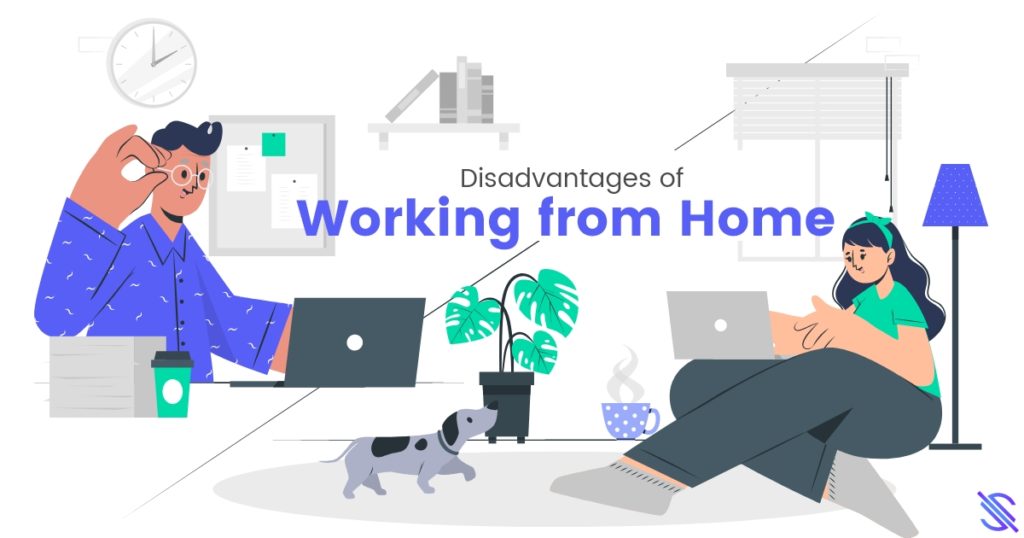
A lot of employees have already embraced work-from-home since the start of COVID-19. Many employees love the advantages of working from home. However, working from home does not come without drawbacks. It also has its share of disadvantages, like initial training expenses and the cost of providing necessary tools like computers, smartphones, and other IT equipment.
Working from home has several advantages. Some people, for example, dislike commuting because it wastes time. Further, some people discovered that working from home helped them save money. Although there are some drawbacks to employees working from home, the perks and advantages can clearly outweigh the disadvantages.
Not everyone’s personality or skill set may be ideal for working from home. Some workers might enjoy the routine and structure offered by working in an office setting. Some employees may favor in-person interactions with coworkers and find that receiving direct guidance from their manager or supervisor is very helpful in assisting them in finishing their responsibilities and reaching their objectives.
It can be challenging to supervise and manage work-from-home employees’ performance. Additionally, different personalities may react to surveillance in different ways. Working from home can make it difficult for employees to distinguish between business and personal life, even though an office provides a clear boundary.
If your employee has trouble getting into a routine, can’t separate work from personal life, or feels lonely, working from home may be detrimental to their mental health.
Working from home may have some disadvantages, but most people have the ability to adapt to even these disadvantages. Some companies already have a hybrid setup, so employees can now go to offices on some days and work from home on other days. If you are still looking for a job, try searching on Simphini, which can help you look for work-from-home or hybrid setup jobs.
